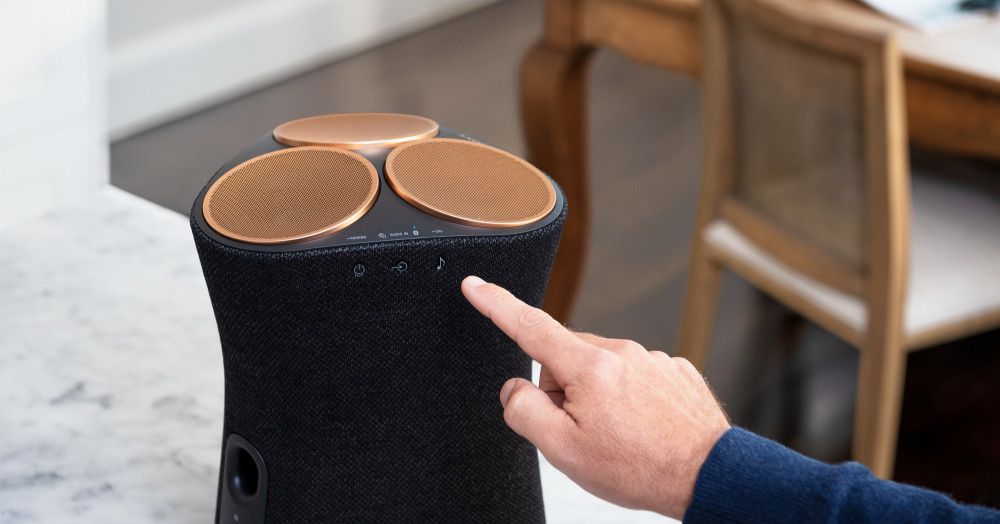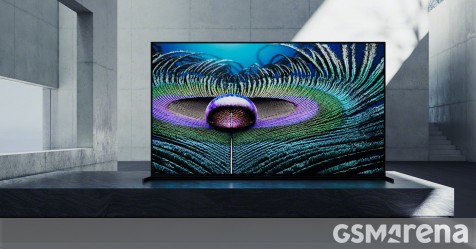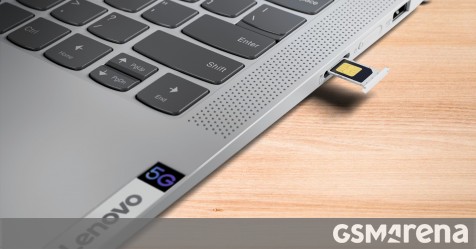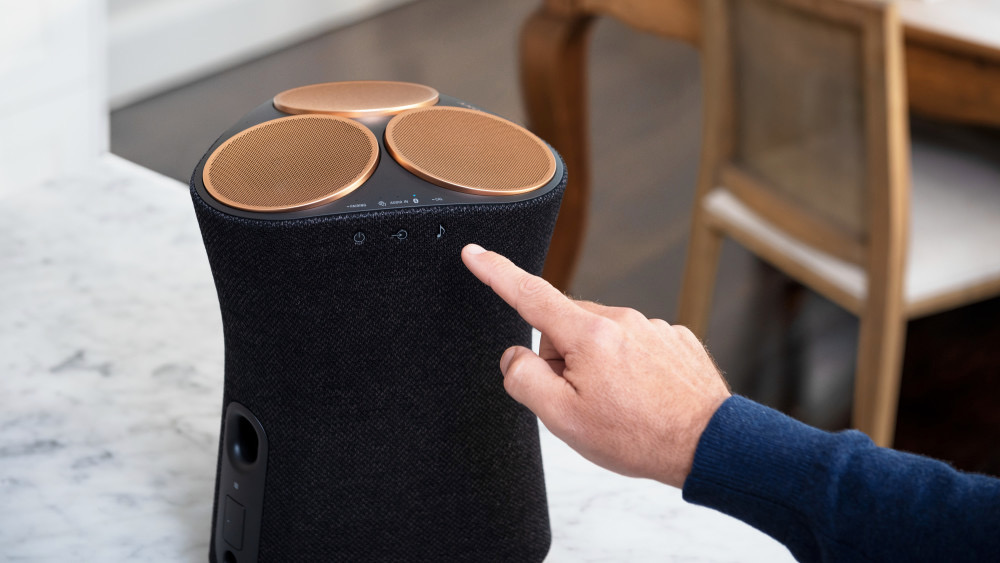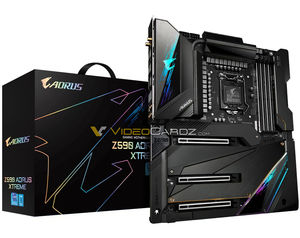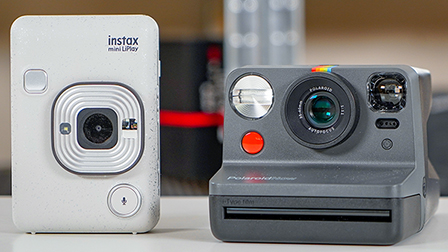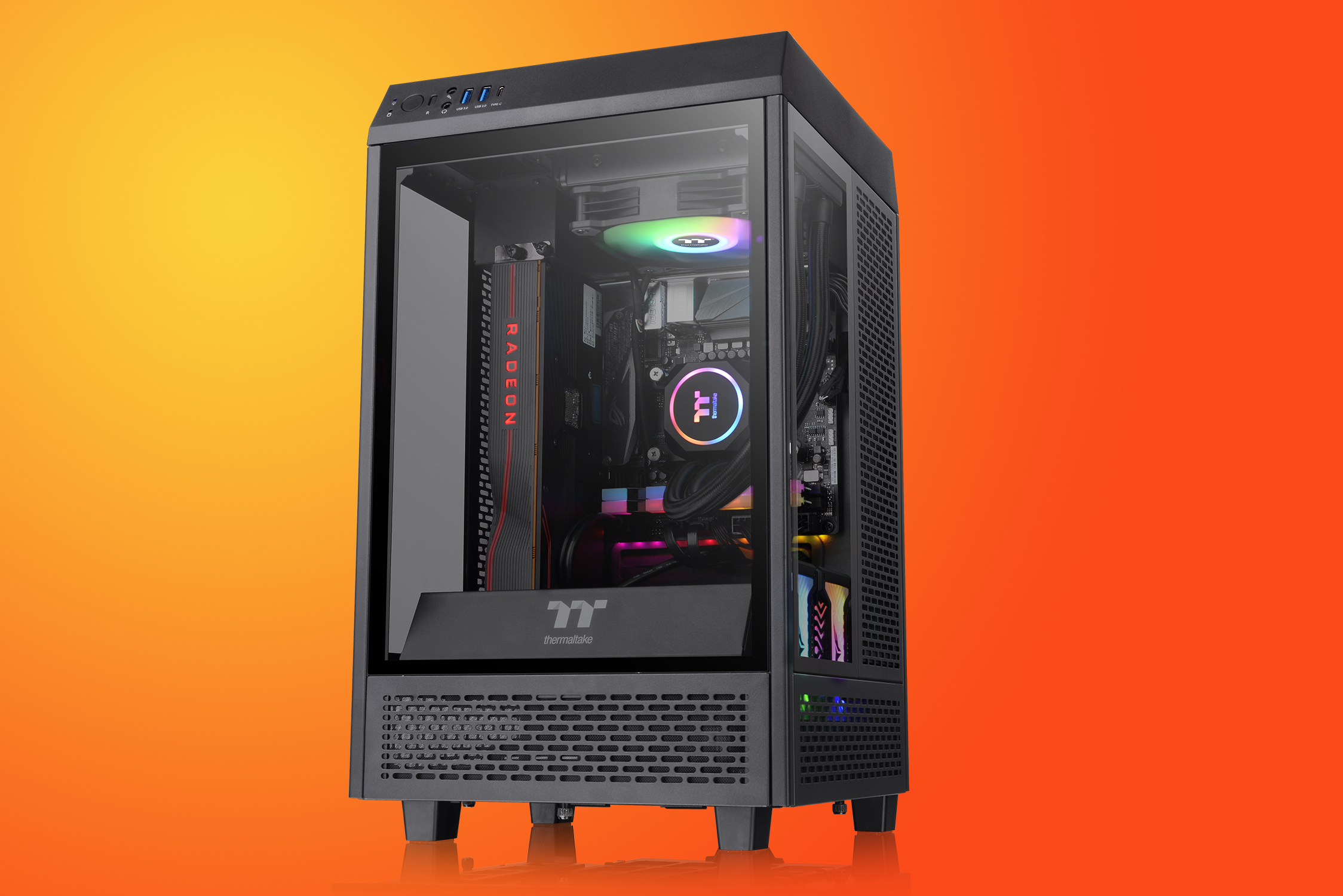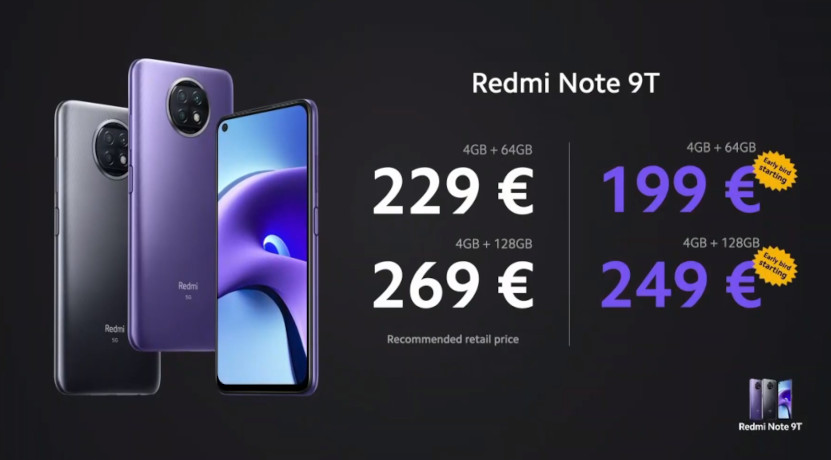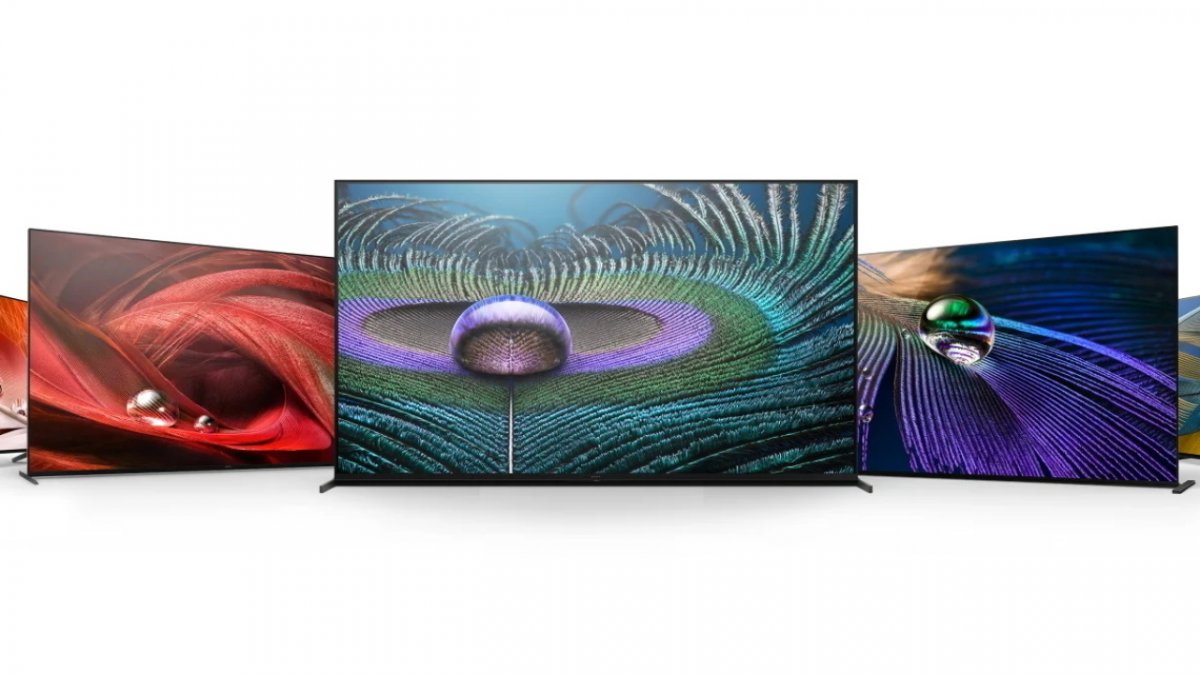The history of photography is made up of small revolutions . The most important are certainly those that have ‘democratized’ its use and led more people to approach photography. The invention of the portable camera by Oskar Barnack is certainly one of them (by the way, you know why the classic film 35 mm ha 36 pose? Find the answer in this article on Barnack and Leica). However, few inventions have had on mass culture the influence of the invention of instant photography , the one that allows you to see the photo taken a few minutes after shooting, without having to wait for the complex operations. development in the dark room. Something that seems obvious to the new generations, accustomed to digital photography and the possibility of immediately seeing the result on the screen of a smartphone or digital camera.
Bombarded with digital and intangible files, today’s young people and children are very attracted to photographs that can also be touched. Try to give a child a photo book with photos of travels and family moments and you will see him scroll through the pages every time with wonder. Then try to take a picture with an instant camera, with the print being ‘spit’ out of the machine just after the click: the ‘ Wow ‘ effect is always insured. Many technologies have chased each other in recent years in the instant photography sector, on the one hand to run for cover due to the disappearance of some of the old instant development media (due to the environmental limitations to some reagents) and to try to intersect digital photography and instant development .
The historical Polaroid came short of breath to the rebirth of instant photography, indeed it had arrived completely out of breath, throwing in the towel before the time was ripe again . Fujifilm, which had much bigger shoulders, is instead making it a successful segment, able in some moments to help the budget of other divisions in difficulty.
From its side Polaroid was reborn through the stubbornness of some of its last workers, first in the form of the Impossible Project, which has since grown to the point of regaining control of the Polaroid brand. Polaroid Originals, with Polaroid Now are the result of this reunion and brand and first product of the new course.
Polaroid and Fujifilm today they carry out a dual strategy, made on the one hand of traditional instant film products and on the other hand instant printing products that allow digital shots to be materialized in seconds. Two philosophies that intercept different needs and in this article we will try to see which ones.
Polaroid Now – The Polaroid of yesteryear
Polaroid Now apparently leaves little room for modernity . Daughter of DNA Polaroid is a instant development analog camera . However, it reinterprets tradition in a modern way, trying to introduce some of the innovations we are all accustomed to by now, first of all autofocus and automatic exposure , as well as a convenient USB port for recharging (the battery is no longer in the films as it once was), which allows you to shoot 15 films with a single charge, accessible from the smartphone charger. Bring the traditional Polaroid shooting experience back to life. we point, shoot, we await with some emotion the slow unveiling of the photo on the film, with the final satisfaction (or disappointment) that unfolds together with the development of the photo.
Fujifilm Instax Mini LiPlay – Digital Snapshot with Audio
Fujifilm Instax Mini LiPlay is on the contrary the maximum of hybridization. Born from the union between a digital camera with 1/5 “CMOS sensor and resolution of 2560 x 1920 pixel and an instant film printer . But it also adds a microphone for ‘ print ‘the audio in the photographs (in the form of a QR code that refers to a link on the web where the audio is stored) and a MicroSD slot. It allows you to shoot even after some time from the shot and to select bad shots and to be thrown away to avoid wasting useless film. It can also connect to your smartphone and act as a printer for photos taken with your mobile phone.
Instant photography , but different philosophies
We are therefore faced with two diametrically opposed philosophies, the first that has its roots in tradition and stops there, the second that instead tries to decline instant photography in a more modern key .
By user now used to shooting digitally for many years, I must admit that the first approach is the one that initially intrigued me most, but which turned out to be less suitable for everyday life. Also considering the cost of the films (16 euro for 8 sheets for the Polaroid and just over 10 euro for 10 sheets for Instax Mini), every wrong shot is felt on the wallet and it’s something you have to get used to. It also takes a little experience to familiarize yourself with the sensitivity of the film (combined with the low aperture of the lens): where in digital today it is easy to take a shot home, the film result is not always guaranteed. Polaroid Now’s built-in flash can help, but it doesn’t have a great range and the auto exposure system doesn’t always handle it well.
Much easier, although less romantic, the ‘use of Instax , which shoots digitally and allows you to evaluate the performance of the shot before sending it to print. In addition, the camera provides the classic automatic exposure compensation tool, to compensate for any reading errors and a small LED comes in handy in situations where the light is poor. In perfect post-Instagram style, the Fujifilm camera offers a series of filters to edit images , as well as several frames.
Instax Mini LiPlay, as the name also implies, plays a lot on compactness, making it one of the most ‘pocket’ in the category of instant cameras, while Polaroid Now has the size of its bigger sisters of the years that were. To remain small and compact, the Fujifilm proposal uses Instax Mini films, which, as the name again implies, have a particularly small format, with a frame size of 46 x 62 millimeters, while the Polaroid image area is much larger: 79 x 79 millimeters. At Fujifilm there are also larger formats, with Square films from 62 x 62 mm and Wide from 99 x 62 mm, which require the use of other camera bodies . Different types of frames are available for both Polaroid and Instax, from the most classic to those colored or decorated with various graphic motifs.
Instant Camera , which one to choose?
Many may ask the question ‘ Instant Camera, why choose it ‘with a slightly sarcastic tone, but in reality nowadays, although the instant is more often captured and shared through smartphones and instant film cameras they may still make sense. They make sense because they stimulate more senses . You will forgive the pun, but a photograph observed on a mobile phone screen does not have the same sensory experience as a printed and handled one, perhaps whose development process has also been observed with trepidation. In this sense Polaroid Now is much more traditional and emotional and still gives that trepidation to wonder ‘ Who knows how the photo came out ‘typical of film shooting in general. Having “expensive” shots can also lead to a more thoughtful approach against click bulimia typical of the digital world and result, even for ‘experienced’ photographers, preparatory to more reasoned, and therefore to better results in general.
Fujifilm Instax Mini LiPlay is instead a bridge towards a modernity more hybrid , where the shot is digital, it can be reviewed, chosen, edited and then printed. In this sense it is very similar to the combination of a smartphone and an instant printer, a product that both brands make available. In reality, the ujifilm Instax Mini LiPlay camera can be used in a dual way as once connected to the smartphone it is able to print the photographs taken with the mobile phone. Given the performance of current smartphones, with modules much more advanced than those of the small Fuji and able to access ‘computational photography’ with amazing night results, this is a feature that should not be underestimated.
In closing, a tip: be it instantaneous, output from a printer or sent to print at a laboratory, print your photos. There is nothing more beautiful than finding an old photo at the bottom of a drawer and being carried away by memories. Between 15/20 years you might even find an old smartphone at the bottom of a drawer, with thousands of photos and memories, but turning it on could be a business .

